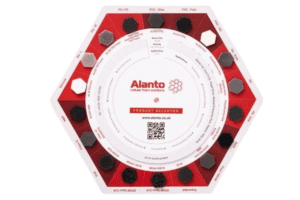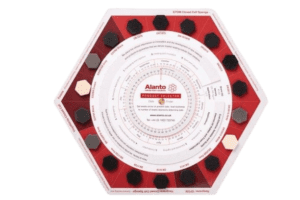Potable water is vital, and water companies face constant pressure to deliver safe, clean drinking water. The World Health Organisation mandates that potable water must be free from harmful chemicals, microorganisms, metals, and other contaminants. It should also be colourless, odourless, and tasteless. Therefore, companies must carefully select gaskets for potable water pipes to prevent contamination, ensuring public health. According to a 2022 EPA report, an estimated 92% of the U.S. population receives drinking water from systems that consistently meet safety standards.
Can rubber gaskets affect water supply?
Historically, water companies used chlorine for sterilisation, but harmful by-products like trihalomethanes (THMs), linked to potential health risks, led to its replacement with chloramine. While safer, chloramine degrades rubber products faster, requiring a chloramine-resistant alternative. Studies indicate that conventional rubber gaskets can leach contaminants into water supplies, compromising quality.
Chloramine-resistant Rubber Synthetic rubbers are incredibly versatile, and manufacturers can tailor their properties for specific applications. By controlling the polymerisation process, they create rubbers with enhanced resistance against chemicals, temperature, aging, and water erosion. This ensures gasket longevity and reduces the risk of leaks or failures that could compromise the water supply.
What is the best rubber gasket for water supply?
The best rubber gasket for potable water depends on the disinfectants used and the expected temperatures. Neoprene is a top choice due to its chloramine resistance, broad temperature tolerance, and slow aging compared to other elastomers. Its proven performance in potable water systems ensures compliance with safety standards.
Alanto offers EPDM and Neoprene gaskets for potable water applications. Contact us for expert advice on the most suitable rubber gasket material for your needs. For more information on potable water standards, refer to the Drinking Water Inspectorate’s ‘What are the drinking water standards?’ PDF document.


